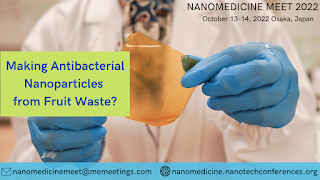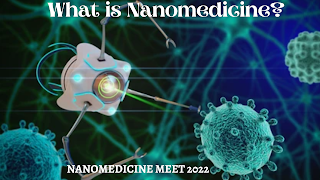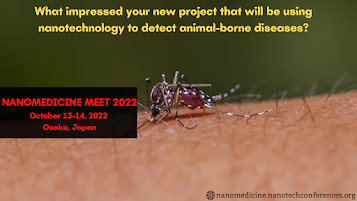Making Antibacterial Nanoparticles from Fruit Waste?
Nanoparticles
are applied in varied industries, as well as energy, physics, foods,
agriculture, cosmetics, bioremediation, and plenty of others. During a new
study, researchers have synthesized silver nanoparticles via a property and environmentally
safe methodology by utilizing fruit waste.
Previous
studies describe hydrothermal,
physical, biological, chemical, and sol-gel ways to synthesize differing types
of nanoparticles. These studies have highlighted a number of the constraints of
the offered chemical and physical ways, together with the high price of
production and utilization of harmful chemicals that have an effect on the
atmosphere and humans within the case of direct contact.
An
organic process, conjointly referred to as the inexperienced synthesis of
nanoparticles, is AN eco-friendly method that doesn't need harmful chemicals. Additionally,
this technique doesn't need external energy, is cheap, and is quicker for the large-scale
development of nanoparticles.
In
the inexperienced synthesis of nanoparticles, scientists use natural reducing
and helpful (capping) agents. Curiously, varied metal nanoparticles, e.g.,
gold, silver, and transition metals, are with success developed. During this
method, the extracts of a plant from the foundation, bark, leaf, stem, buds,
flower, fruits, or latex are often used as a reducer to synthesize metal
nanoparticles.
Typically, metal compounds are
reduced via a reducer to supply nanoparticles. A number of the phytoconstituents
of the plant extracts, like ketones, terpenoids, phenols, flavones, quinones,
and an acid, are related to the conversion of metal compounds to their
corresponding nanoparticles. Among the phytoconstituents, researchers
determined that flavones and quinones are soluble and exhibit most reducing
properties.
One of the disadvantages related
to the inexperienced synthesis of nanoparticles is that the problem in dominant
the monodispersed morphology of the nanoparticles made. This happens as a
result of the numerous perform of varied bioactive compounds gift within the
plant extract. The concentration of specific phytoconstituents gift within the
plant extract includes a vital result on the assembly of nanoparticles.

.png)


Comments
Post a Comment